Media | Articles
In the Pacific Northwest, station wagons are far from forgotten
The mountains and winding roads around Snoqualmie, Washington, are enveloped in dense fog. This is the Pacific Northwest, after all. Lichen hangs from tree branches, and moss covers the ground like a dense carpet. Over one-third of Sasquatch sightings in North America occur in this region.
The weather clears as I approach the Snoqualmie River, allowing me to see something as unusual and, at least to me, nearly as exciting as a Sasquatch: a steady stream of station wagons passing over a small bridge. Volvos, Datsuns, Audis, Mercedes Benzes, Buicks, BMWs, Chevys, Subarus, and Volkswagens follow each other closely, making their way into the parking lot of DirtFish Rally School in a kind of long-roof conga line. There, 350-plus station wagons and their owners have gathered for PNW Wagon Fest, the largest station wagon meetup in the world. Now in its fourth year, Wagon Fest serves as a showcase of the Pacific Northwest’s affinity for these functional five-doors. It also highlights how car shows, and car culture as a whole, is undergoing radical change.
Note: The PNW Wagon Fest meet featured here took place prior to the stay-at-home orders that followed the outbreak of COVID-19.
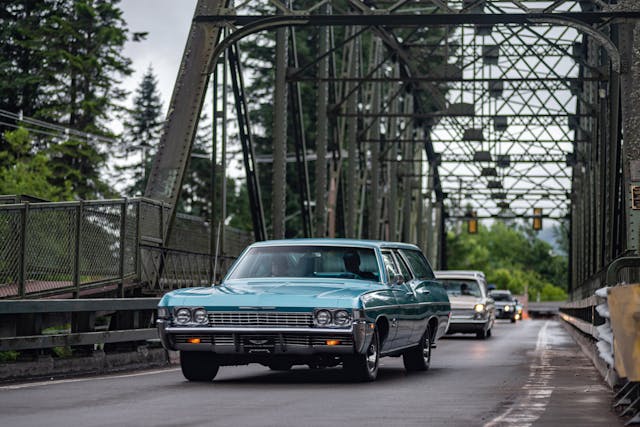
Station wagons rose to prominence in a post-war era of growing highway systems and increased vacation days for middle and upper-middle class workers. Eventually, they became ubiquitous symbols of the suburban experience. When the Griswold family wanted to drive cross-country in the movie National Lampoon’s Vacation, it wasn’t going make the trip in a sedan. Instead, it’s the fictitious Wagon Queen Family Truckster—a 1979 Ford LTD Country Squire modified by the Warner Brothers’ prop department—that will forever be associated with the classic flick.
Released in 1983, National Lampoon’s Vacation recognizes the station wagon’s importance as part of the American milieu in the 1980s. The obstacles that station wagons face now, in the face of the booming SUV trend, had been put into motion long before Clark Griswold and the gang got involved.
Marketplace
Buy and sell classics with confidence
First enacted in 1975, the U.S. Corporate Average Fuel and Economy Standards categorized station wagons as cars, meaning they were held to more strict fuel economy standards than light trucks. Due to their larger size and hauling capability, the standards were tougher for wagons to meet. Spaciousness and functionality are what made these vehicles suitable for many families, but minivans (and, eventually, SUVs) fulfilled these needs without the CAFE hurdles. Slowly, the tide turned. From the rise of the Plymouth Voyager to the immense popularity of the Ford Explorer, station wagons were largely displaced in American showrooms.

Today, only one station wagon, the Buick Regal TourX, is available from an American company and it’s already been cancelled following the 2020 model year. Even then, the TourX is little more than a badge-engineered Opel Insignia imported across the Atlantic—a reminder that Europe, unlike the United States, remains a fertile market for wagons. European manufacturers have limited or even eschewed their station wagon offerings in the U.S; in other cases, they’ve pivoted by increasing a wagon’s ride height and adding plastic cladding to catch the eyes of crossover buyers. It’s not a Volvo V60/Volkswagen Jetta Sportwagen/Audi A6 Avant, it’s a V60 Cross Country/Golf Alltrack/Audi Allroad!
Rumors of the station wagon’s death, to borrow from Mark Twain, have been greatly exaggerated. Yes, sales numbers have thinned dramatically compared to SUVs and crossovers, but then again, so have those of sedans. Many people still value these vehicles as ideal family haulers, and there is a burgeoning enthusiast culture around them.
With this sentiment in mind Adam Cramer and Tim Alfaro, founders of PNW Wagon Fest, resolved to host a brand-agnostic, station wagon-only car show in the outskirts of Seattle in 2017. Himself a fan of “long-roof” vehicles, Cramer noticed the large number of enthusiastic wagon owners when he launched Avants, a membership community program for car enthusiasts throughout the Pacific Northwest, which he named after the term Audi uses for its wagon range.
Seattle has peculiar taste in cars. Market-research firm Nielsen Scarborough reports that Seattle’s Subaru ownership is more than three times higher than the national average—the grand majority of those Subarus being wagons and hatchbacks. (Nearby mountains and an established affinity for outdoor activities make these vehicles appealing.) Despite the unprecedented amount of wealth that tech companies like Amazon and Microsoft have brought to the Puget Sound region, Seattleites remains a largely understated and modest bunch. A no-nonsense utilitarian ethos thrives here.
An alum of the city’s tech industry, Cramer drives a Cadillac CTS-V. “There’s definitely a wagon culture around Seattle. People like the utility they provide, along with the fact that they can be daily drivers,” he says. “Wagon enthusiasts are not flashy people. They don’t want all the attention, but do like owning and driving something that’s unique. Something that other enthusiasts will notice. When you combine utility with the fact that some of these wagons are performance vehicles, it’s sort of a perfect mix.”
That mix is clearly visible at Wagon Fest. The owner of an Audi RS6 Avant jokes about his ability to transport building materials from Home Depot. Attendees mill about, and gaze longingly at an AMG-powered wagon and the V-12 of a Ferrari FF. They talk to the owner of a ’56 Chevy about his window-mounted swamp cooler, and listen intently about the Mercedes Benz W123 that is about to hit 500,000 miles. “All on the original engine and transmission,” the owner proudly points out. License plates from surrounding states (and Canada) speak to the growing appeal of the event, perhaps due to its friendly and inclusive atmosphere. Some wagons at the show are pristine examples of pricy new models, and there are plenty of bonafide classics. Right alongside them are wagons that have been drastically lowered and stanced; others look to be on the verge of mechanical death, their engines and interiors hanging on for dear life. They all sit side by side as owners and onlookers marvel at the breadth of vehicles on display.
Car culture is evolving, and the nature of many new car shows reflects that transformation. There is an inclusive camaraderie here that is, perhaps, tied with how enthusiasts now communicate with one another. Cramer weighs in: “The internet and social media have changed things. I’m not sure if shows like PNW Wagon Fest would even exist without the ability to reach a wide number of like-minded people. Maybe these pockets within car culture have always existed, but now people communicate more easily. Real friendships and a sense of belonging can come about quickly these days.”
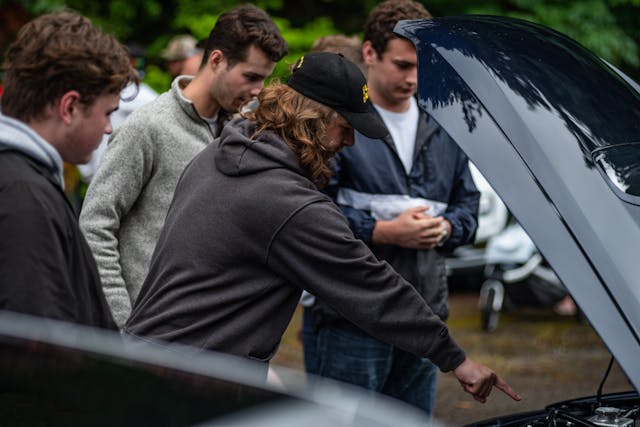
Car enthusiasts have expanded the meaning of “cool.” Today, it includes a growing number of unusual and unexpected cars. How else could one explain Hollywood actor’s Dax Shepard’s 700-hp Buick Roadmaster wagon, or the popularity of YouTube videos about Toyota Previas or Yugos? Even a well-preserved Pontiac Aztek would garner significant attention at a cars and coffee event these days. Vehicles that were previously ignored, despised, or even laughed at are finding fanbases that rally around them.

Cramer’s take on the event’s popularity and growth is also indicative of a new mindset in car show culture. “I want it to grow, I want to get more people and more cars involved. But at the same time, I don’t want it to turn into a commercialized show that requires a ton of management.” Avants, the membership-based club he operates, remains his priority, and Cramer admits that the event will soon outgrow the DirtFish Rally School’s sizable parking lot. The momentum that this event and its counterparts have is undeniable. Enthusiasts like Cramer see the beauty in vehicles that the modern auto industry has effectively forgotten, and if the success of PNW Wagon Fest is any indication, there is plenty of fuel to keep the five-door flame alive.
In the future, perhaps, when locals in the foothills of the Cascade Mountains hear strange noises emanating from the area’s winding roads, they won’t blame Sasquatch or Bigfoot-like creatures. The low rumbles echoing off the moss-covered trails and trees will be the natural call of a different, but no less mythical beast. Once thought doomed, it endured against all odds—the station wagon.


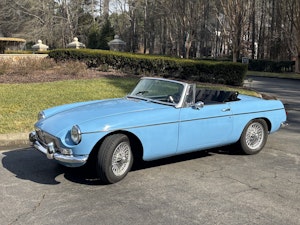
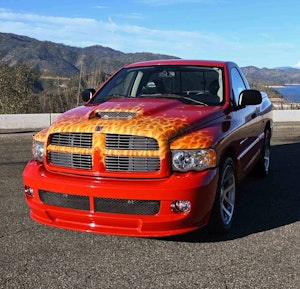
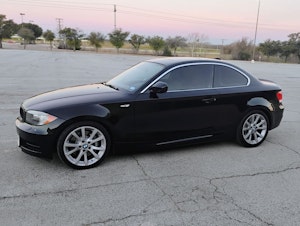
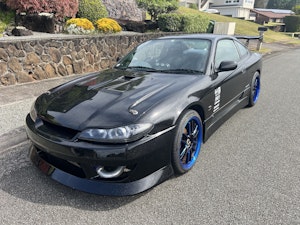
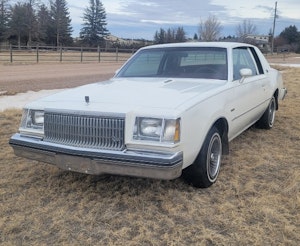
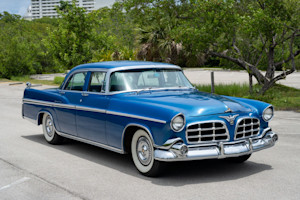
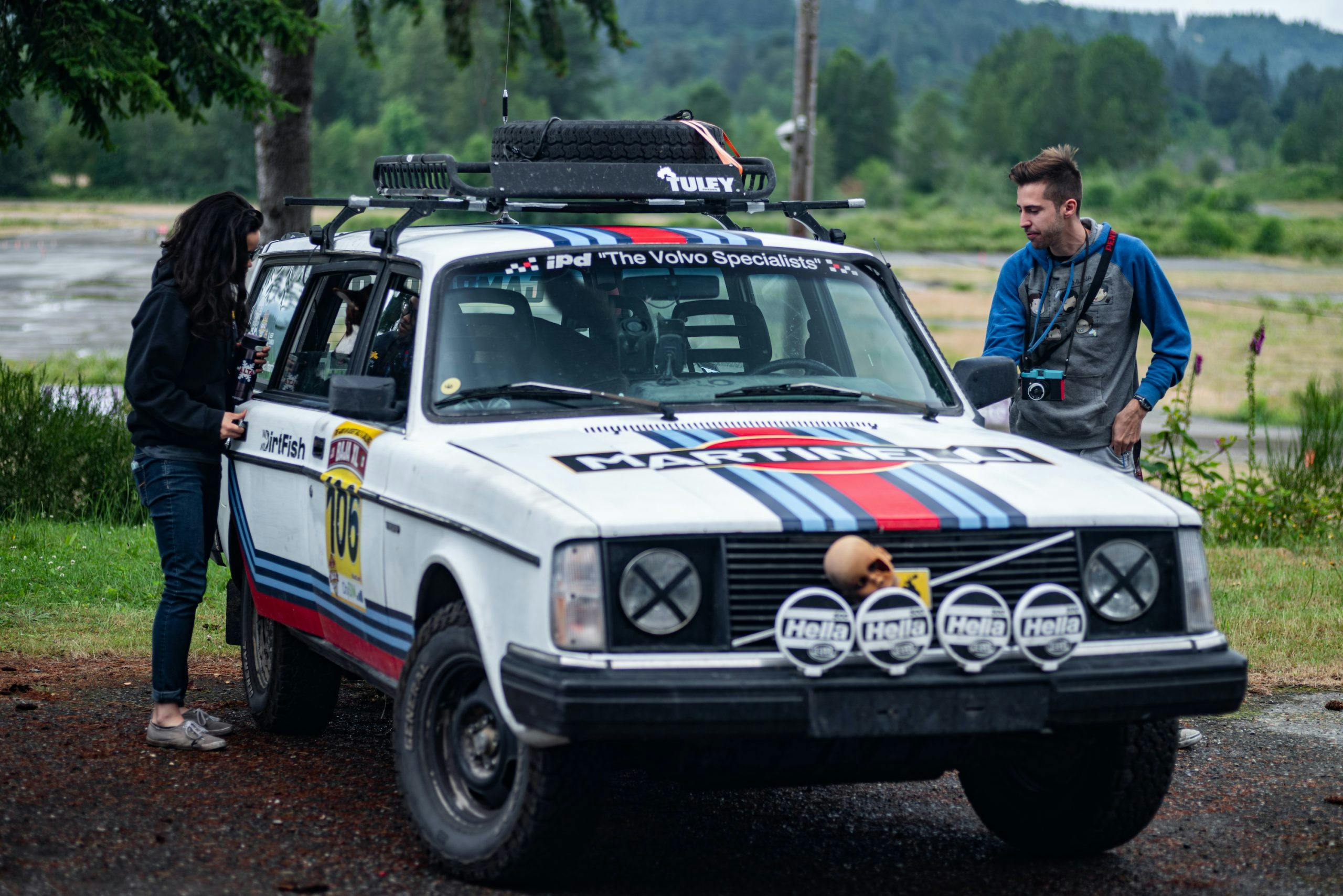
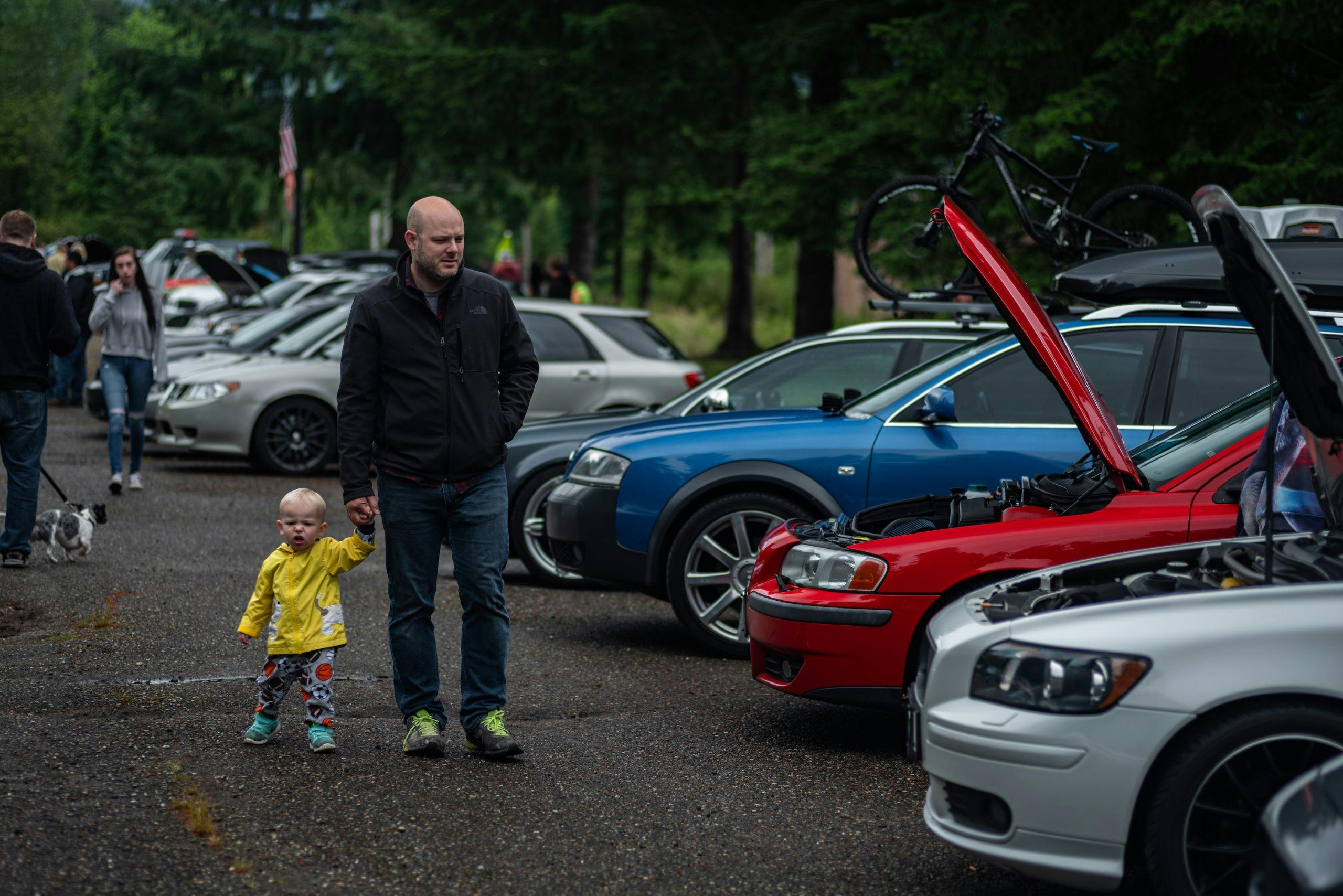
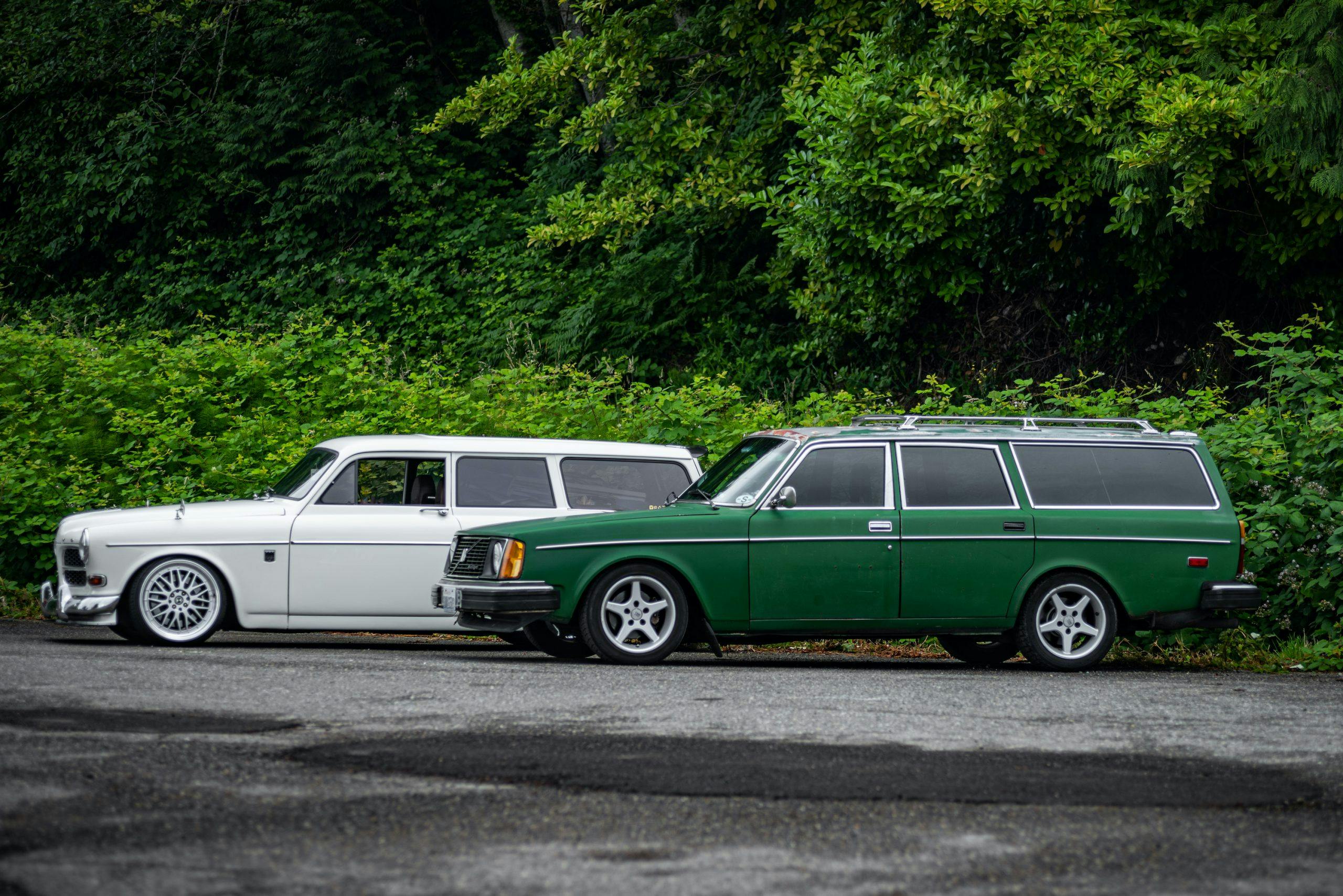

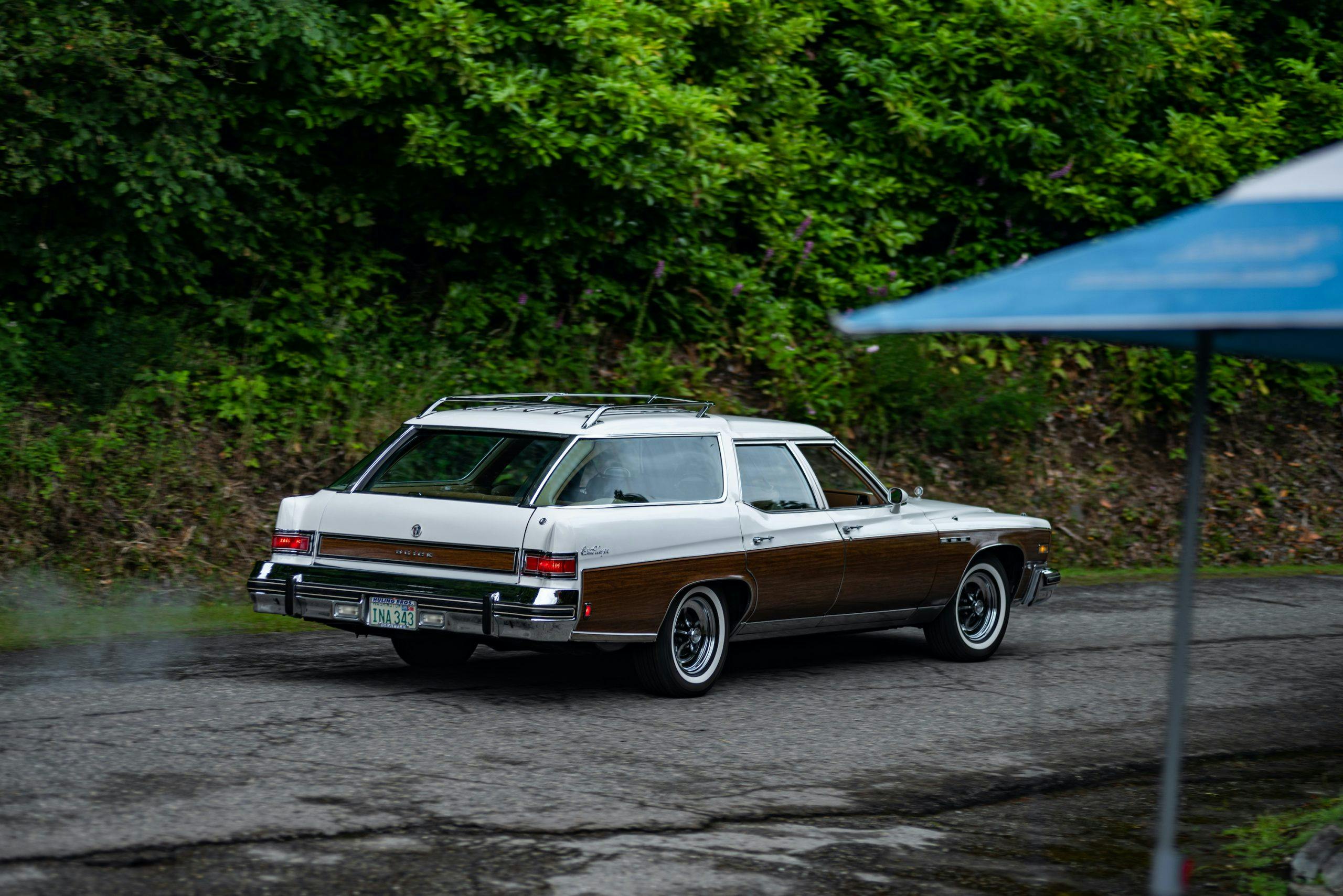
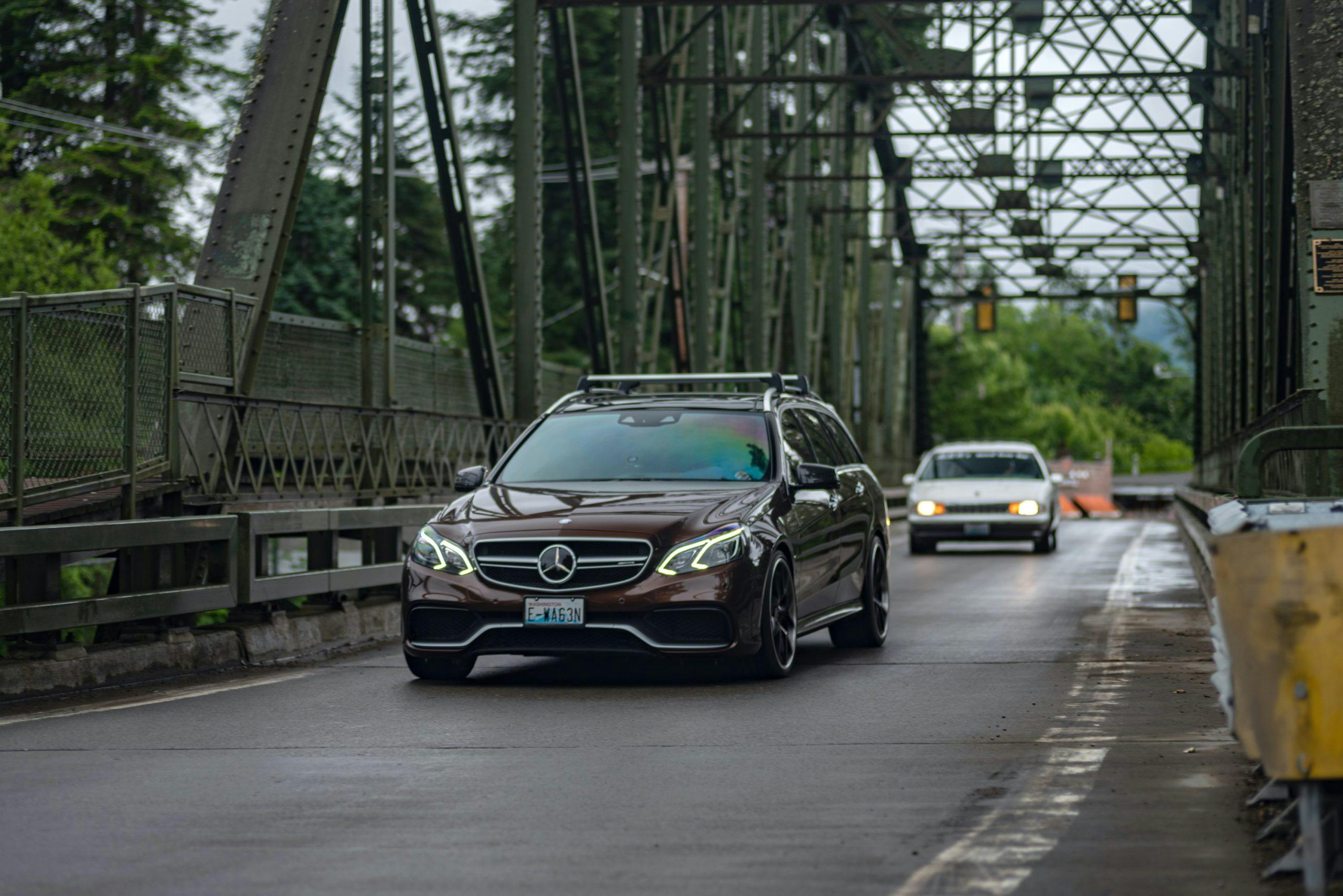
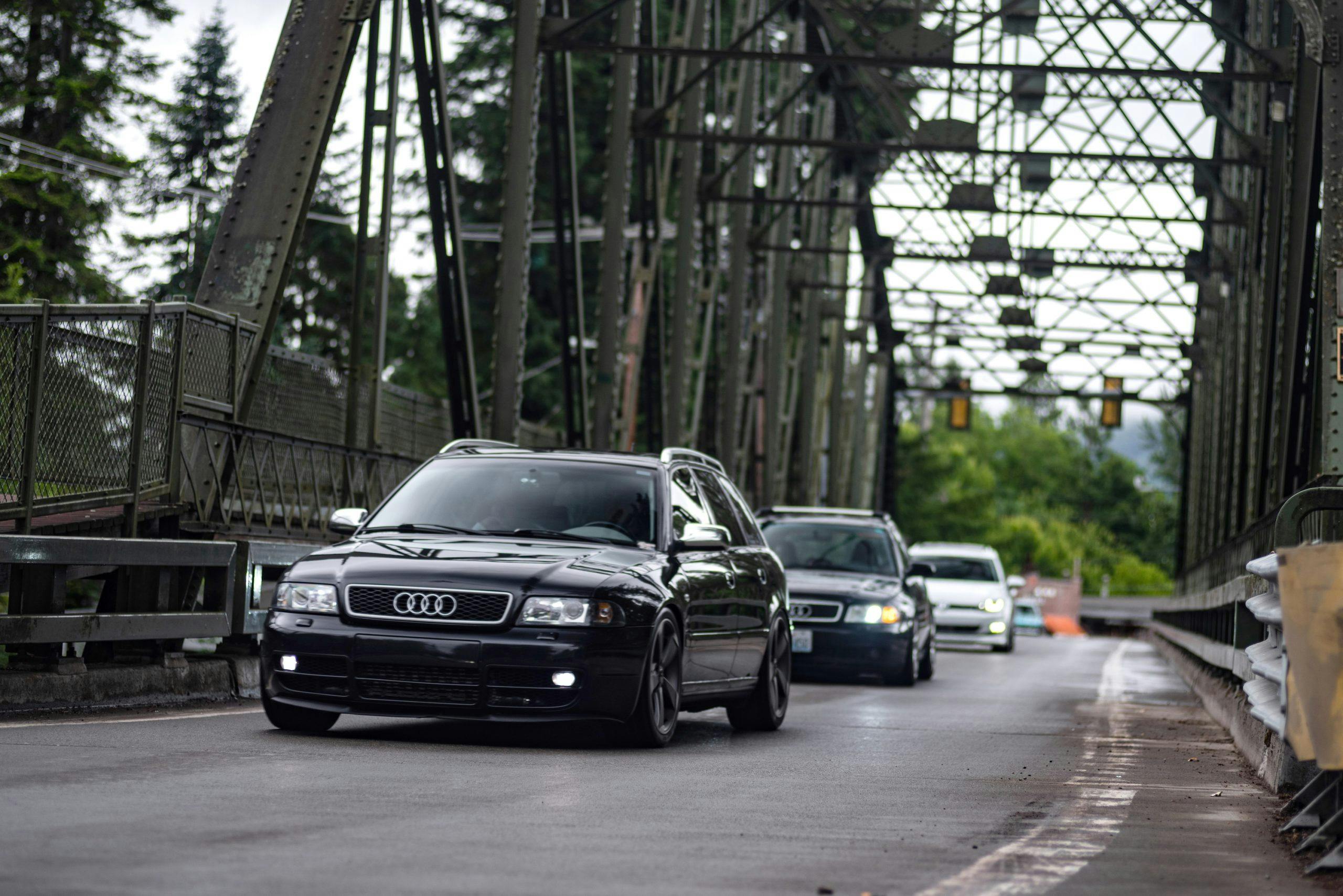

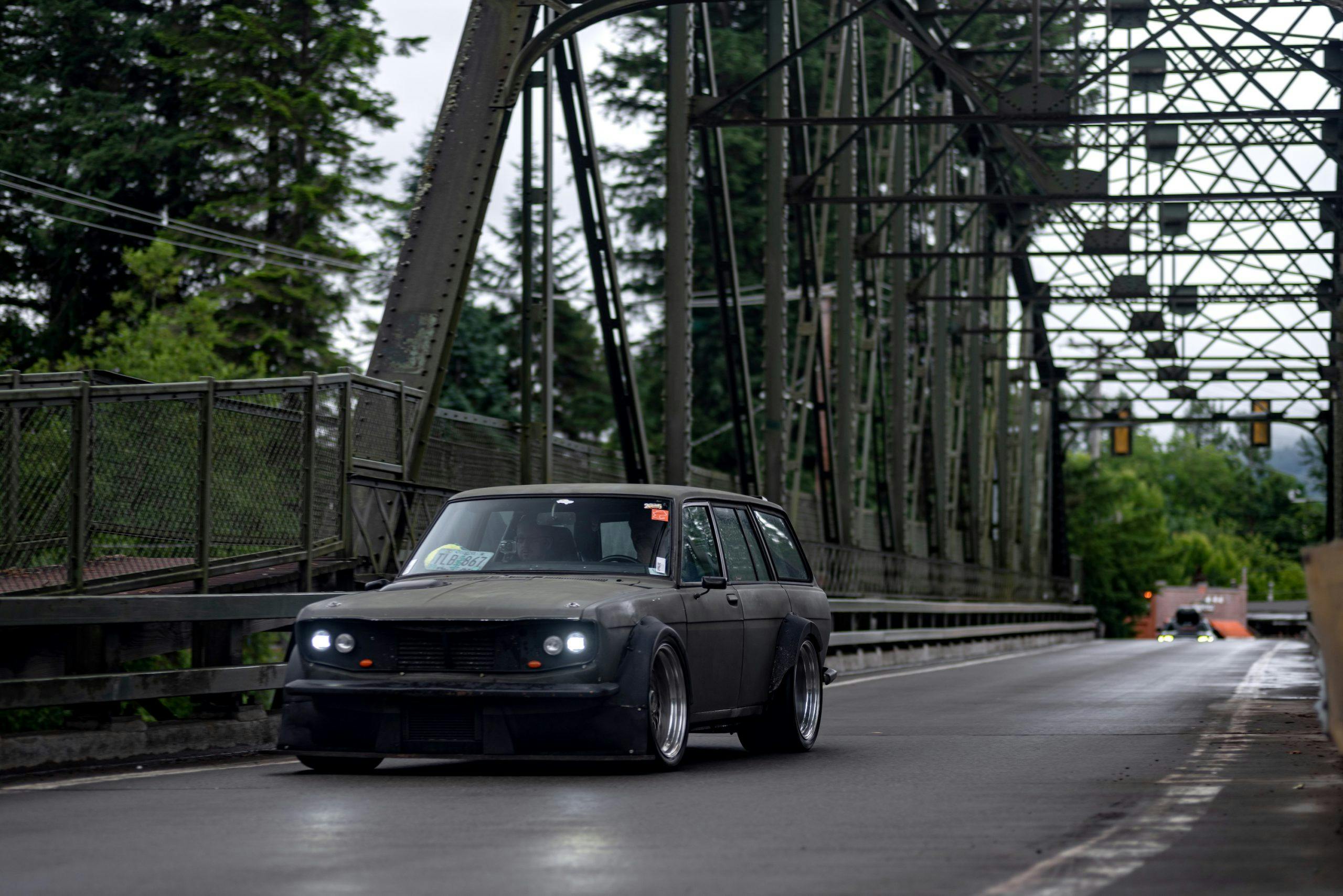

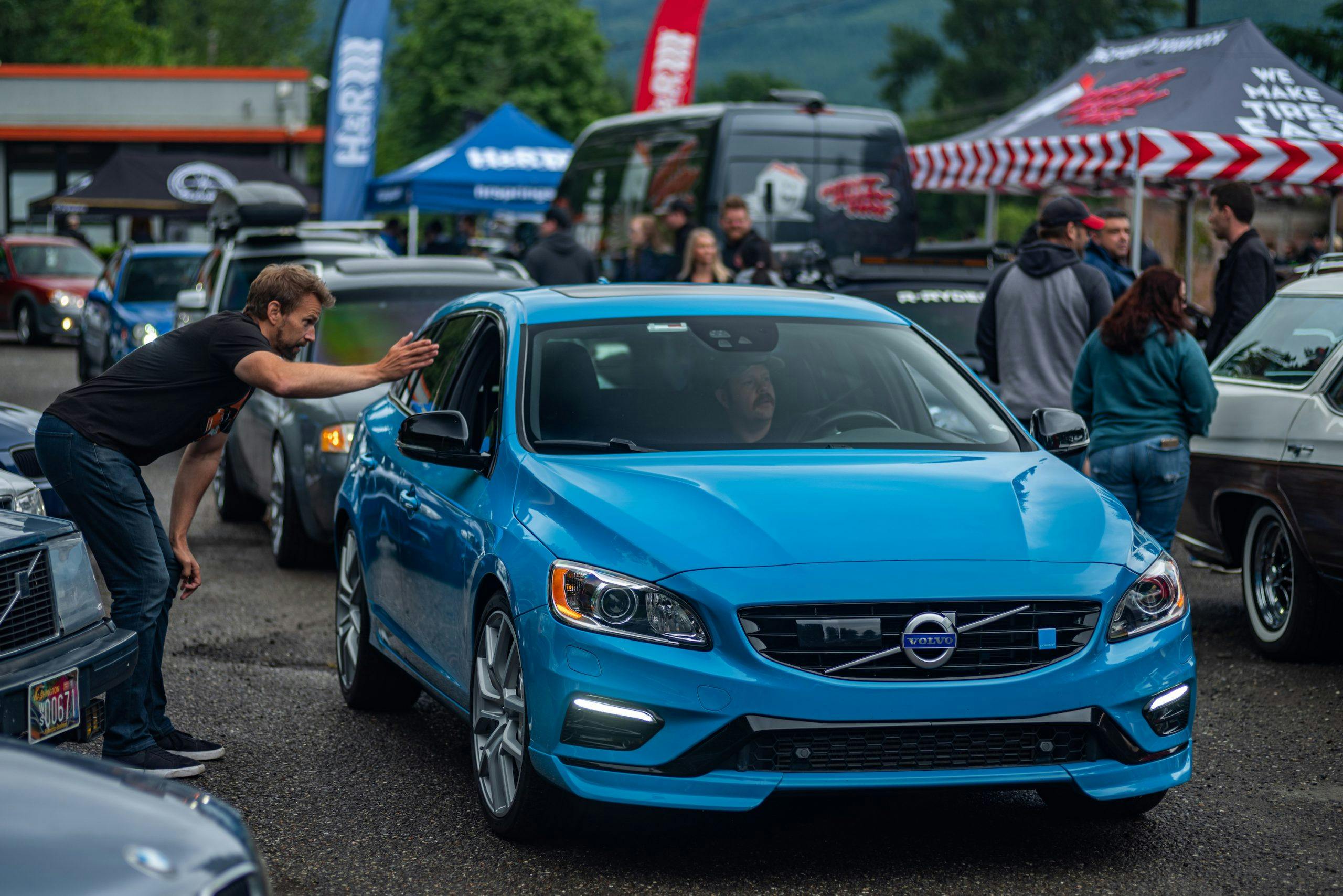
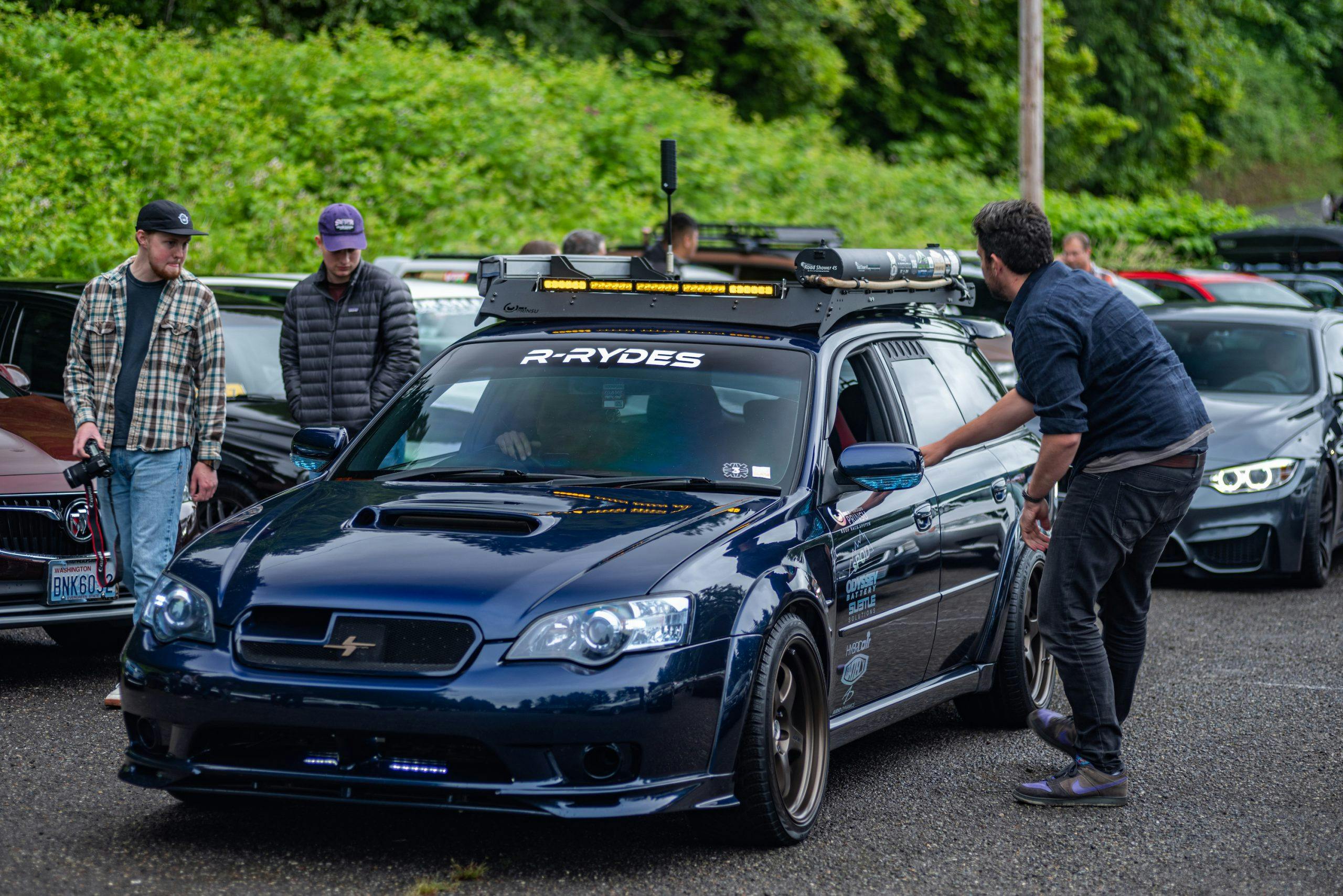
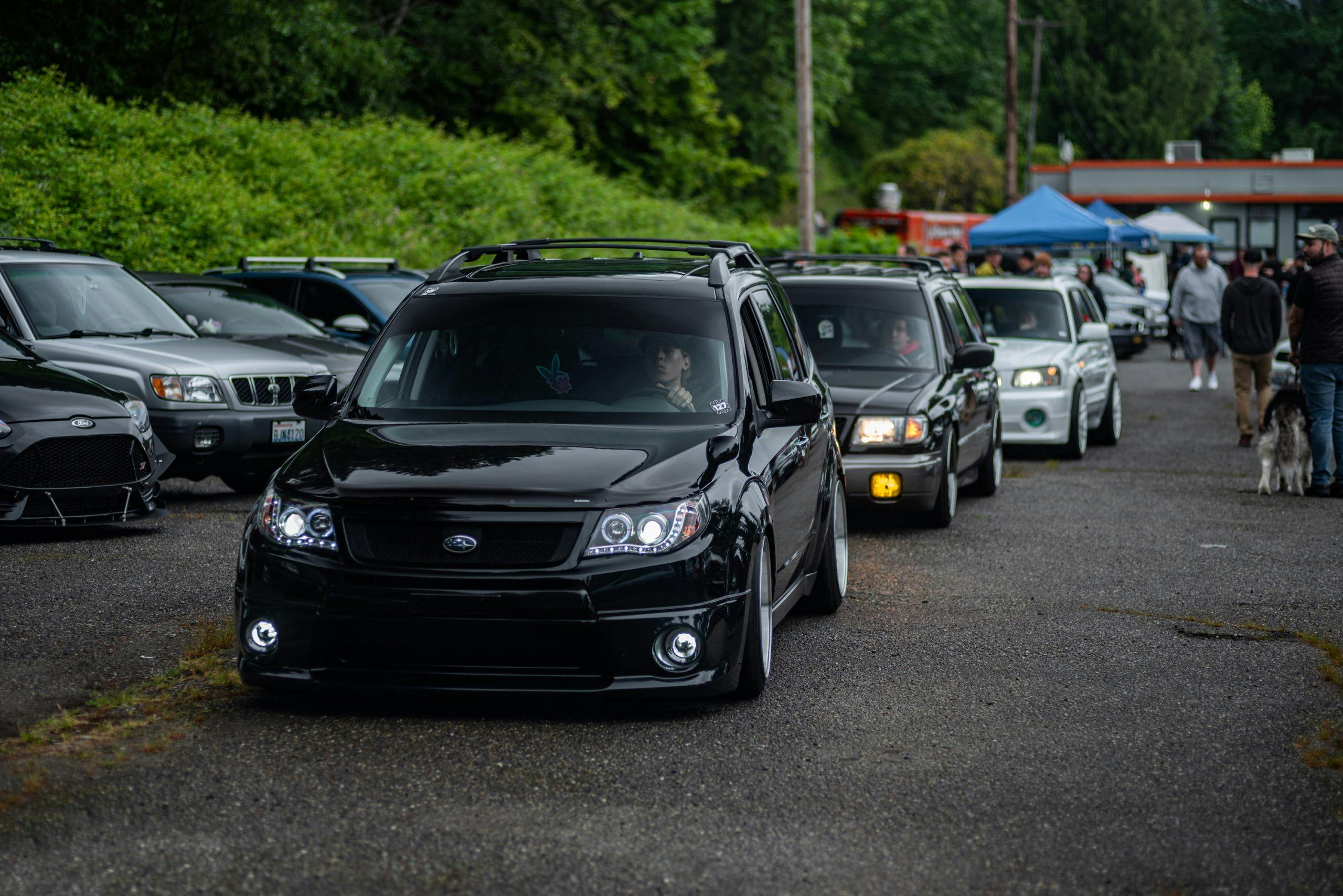

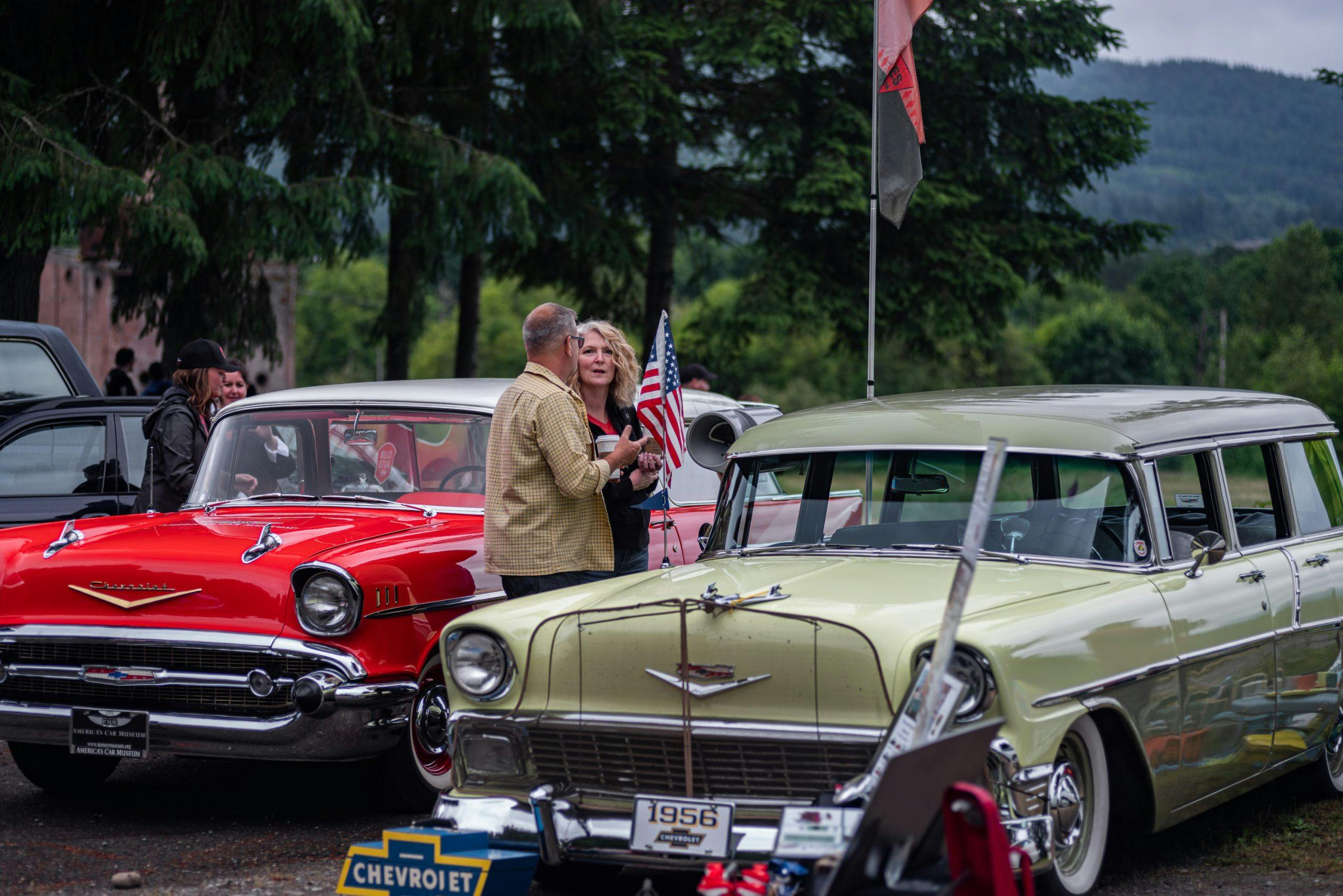

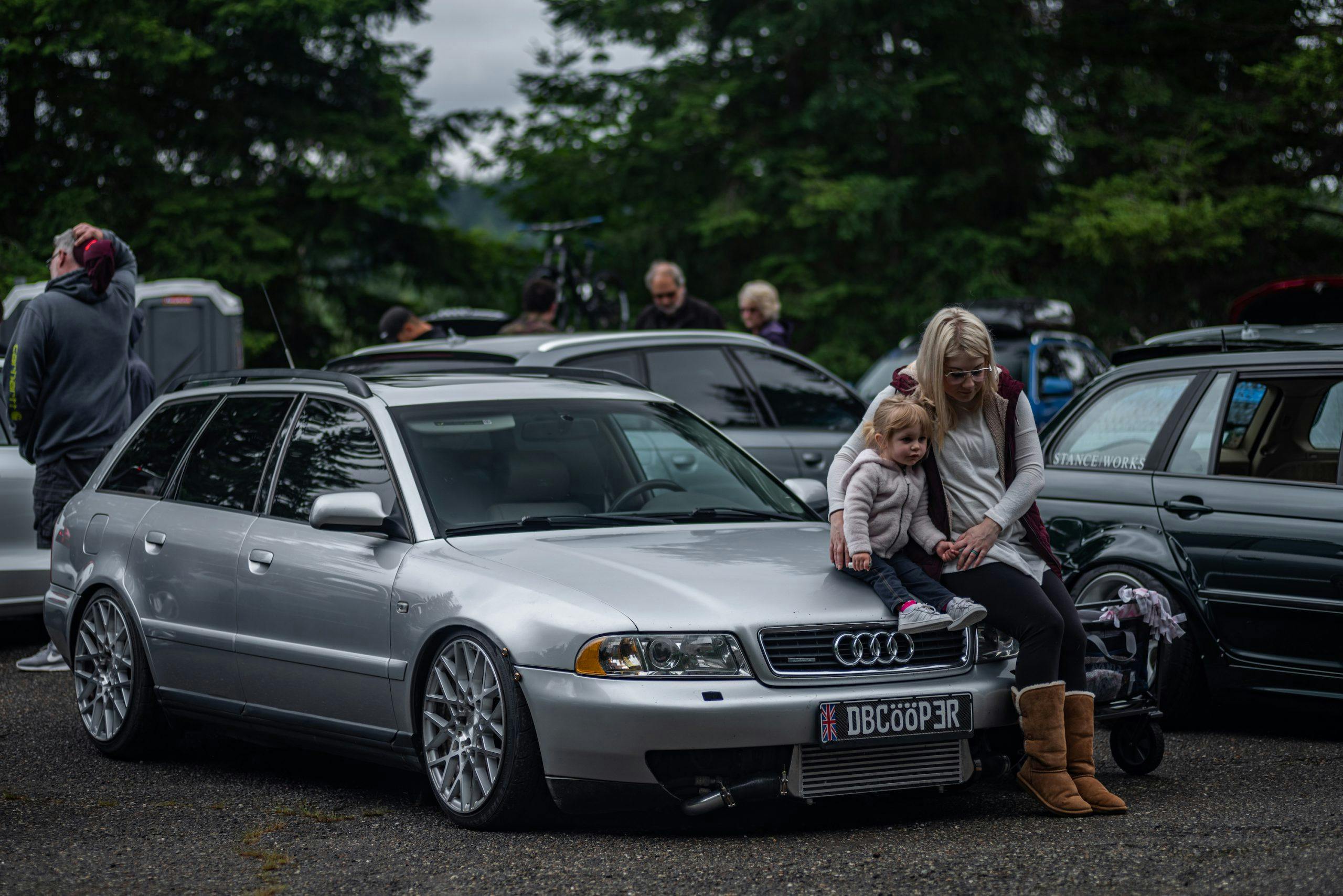
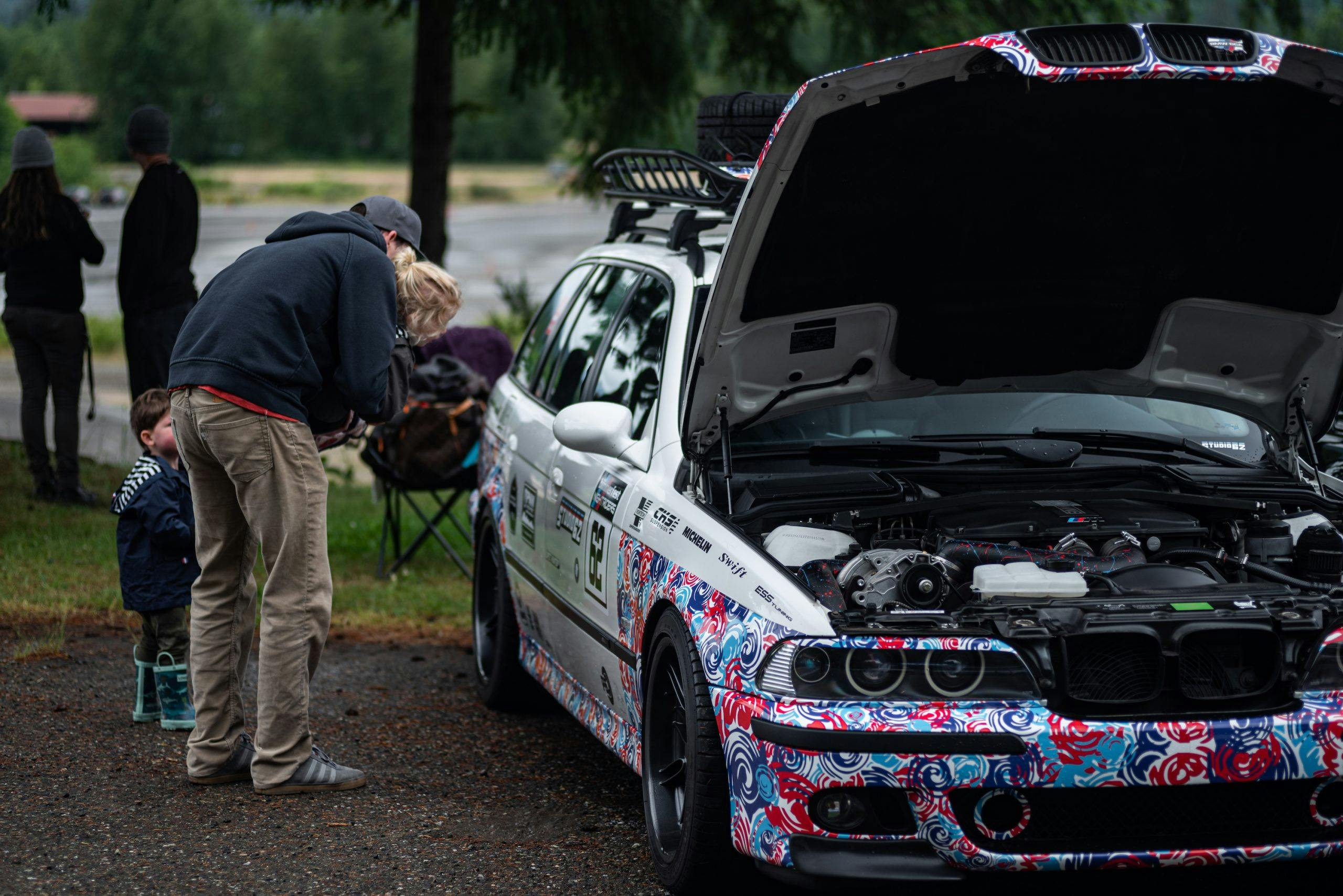
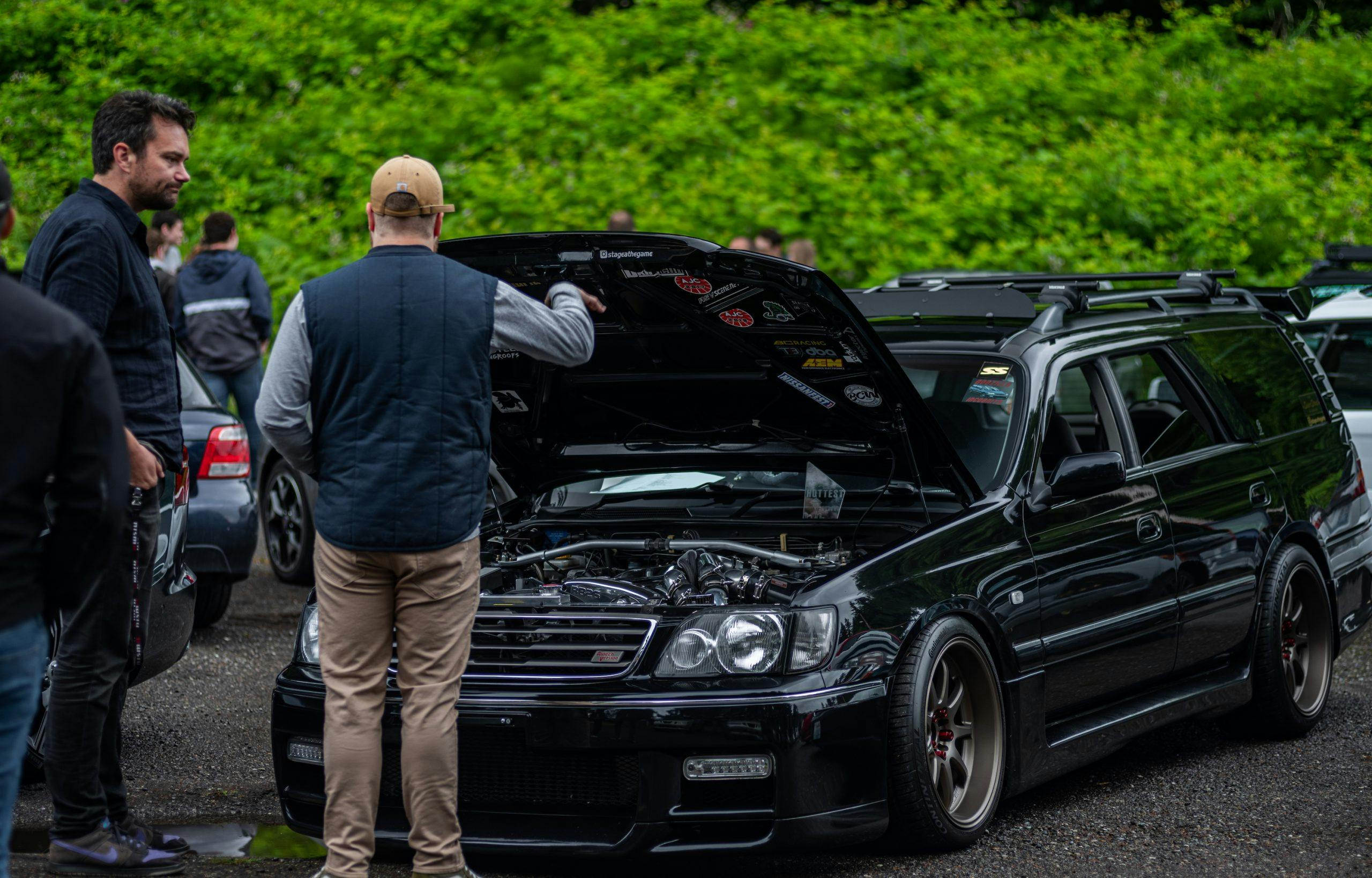
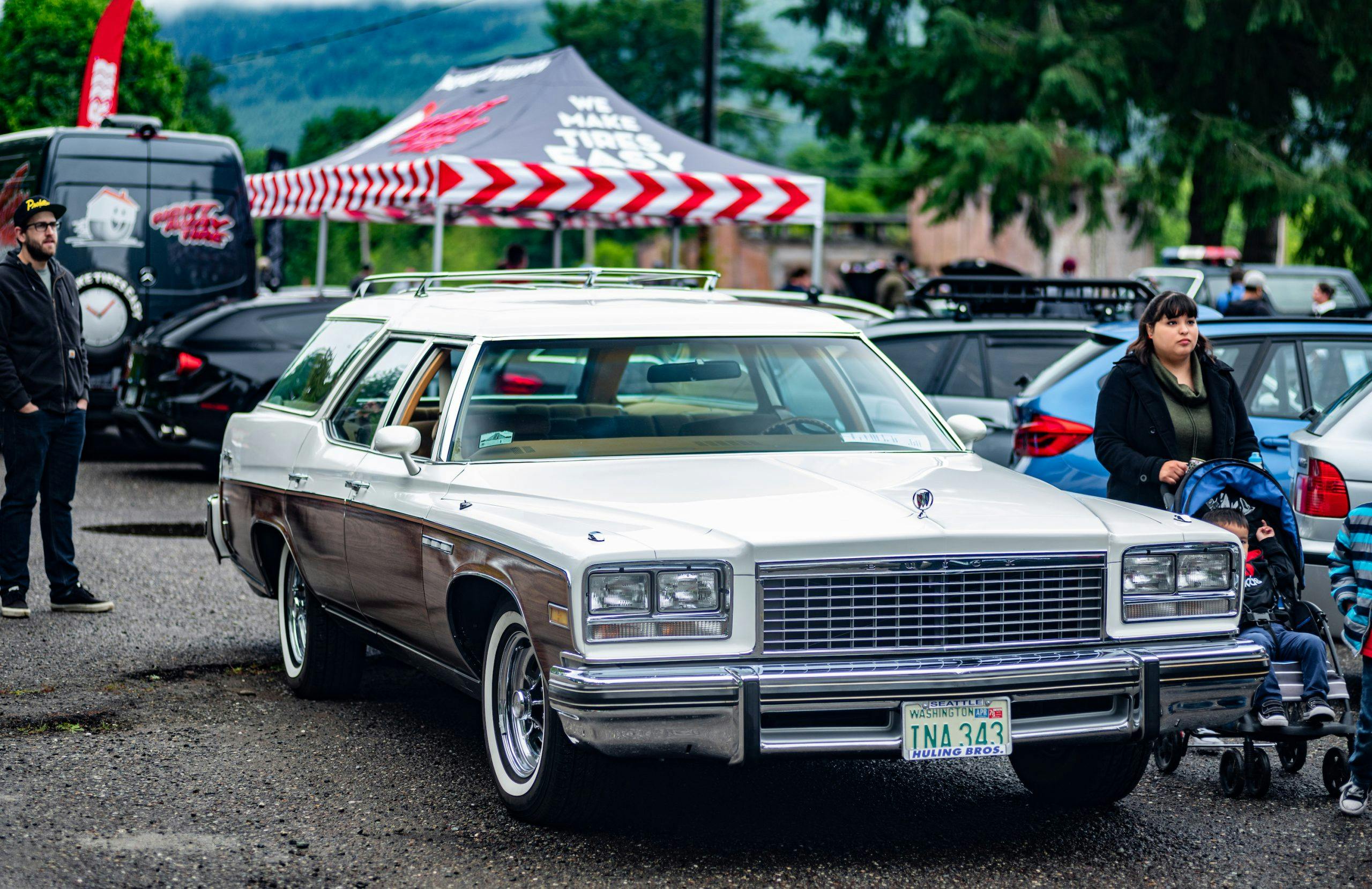
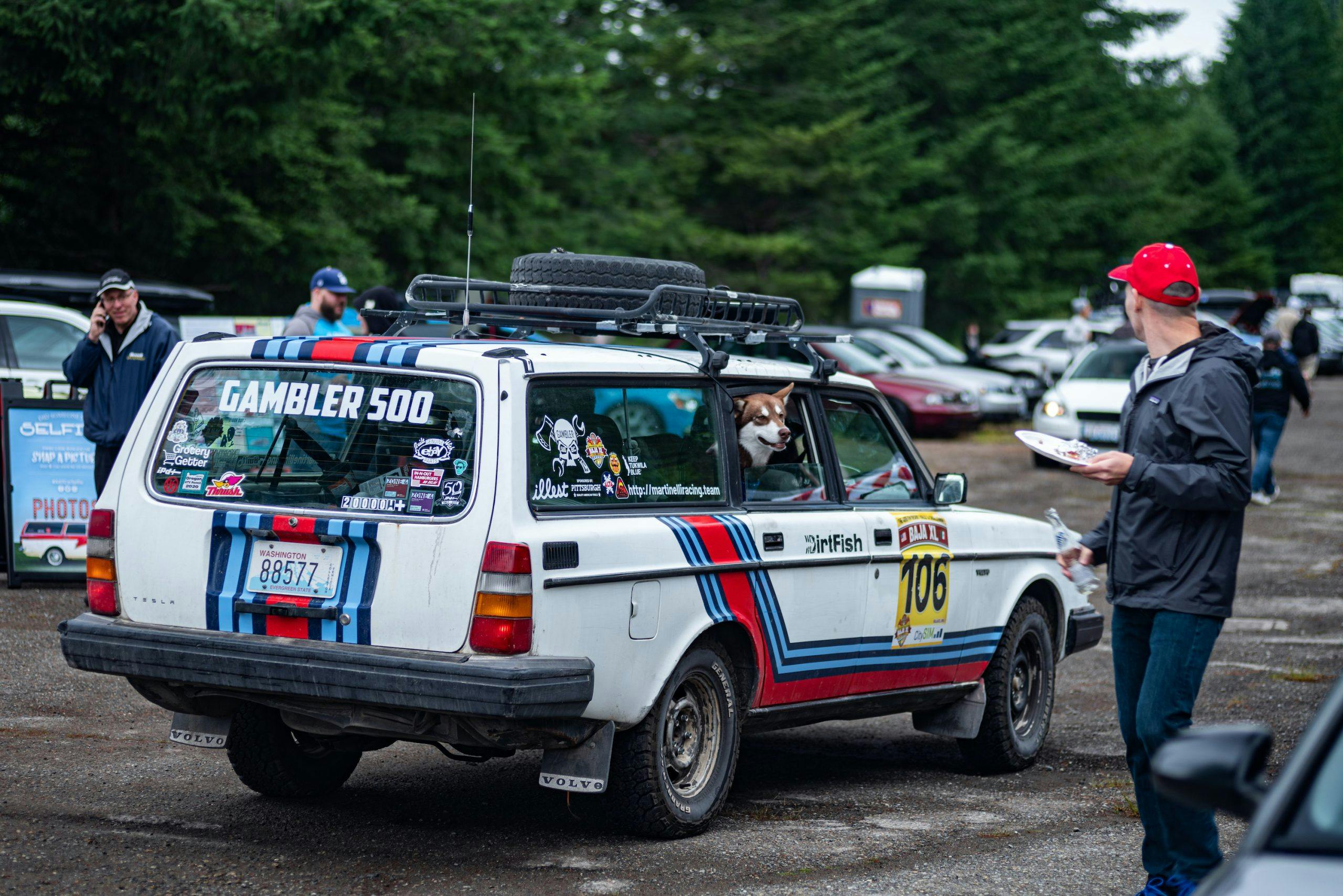
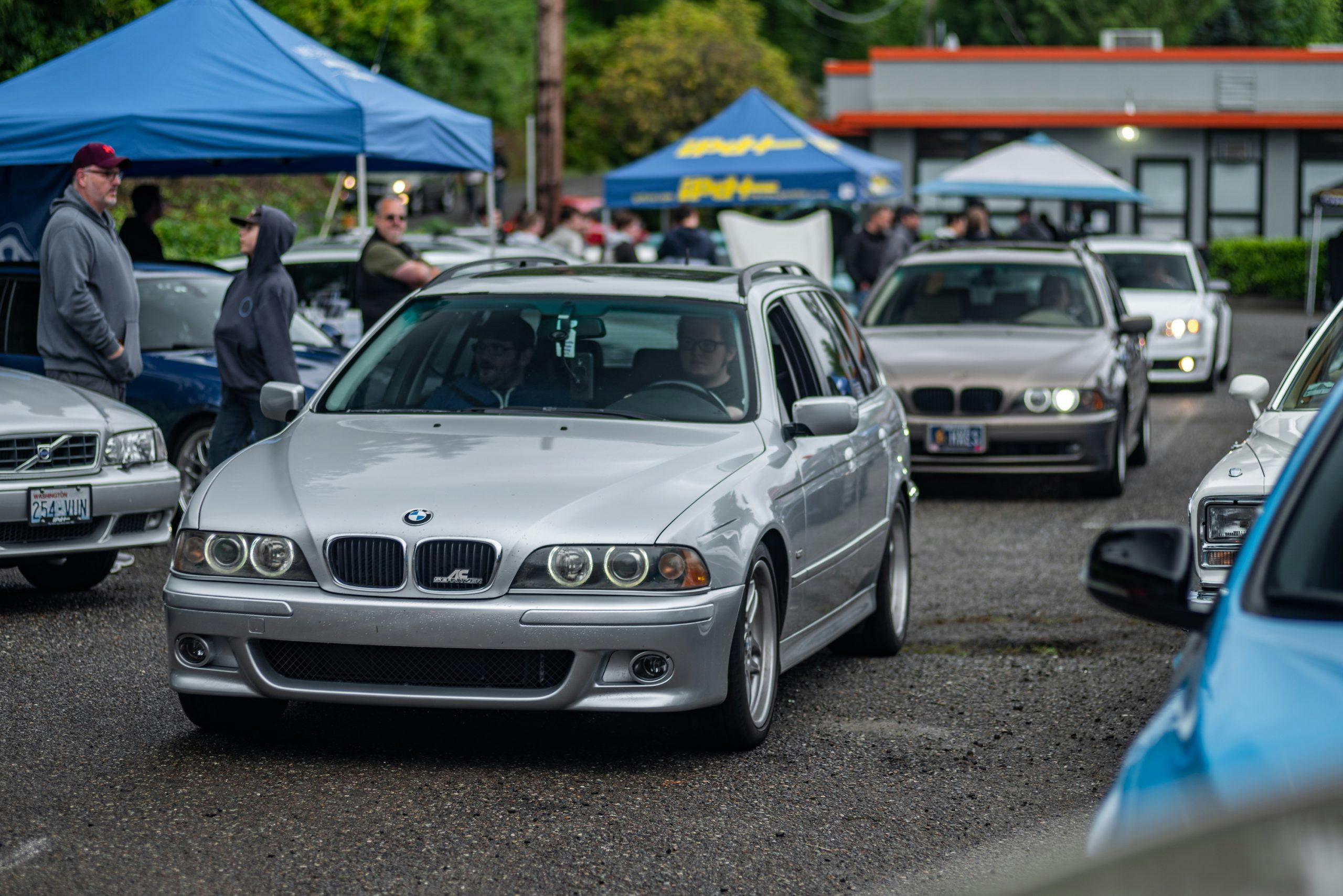
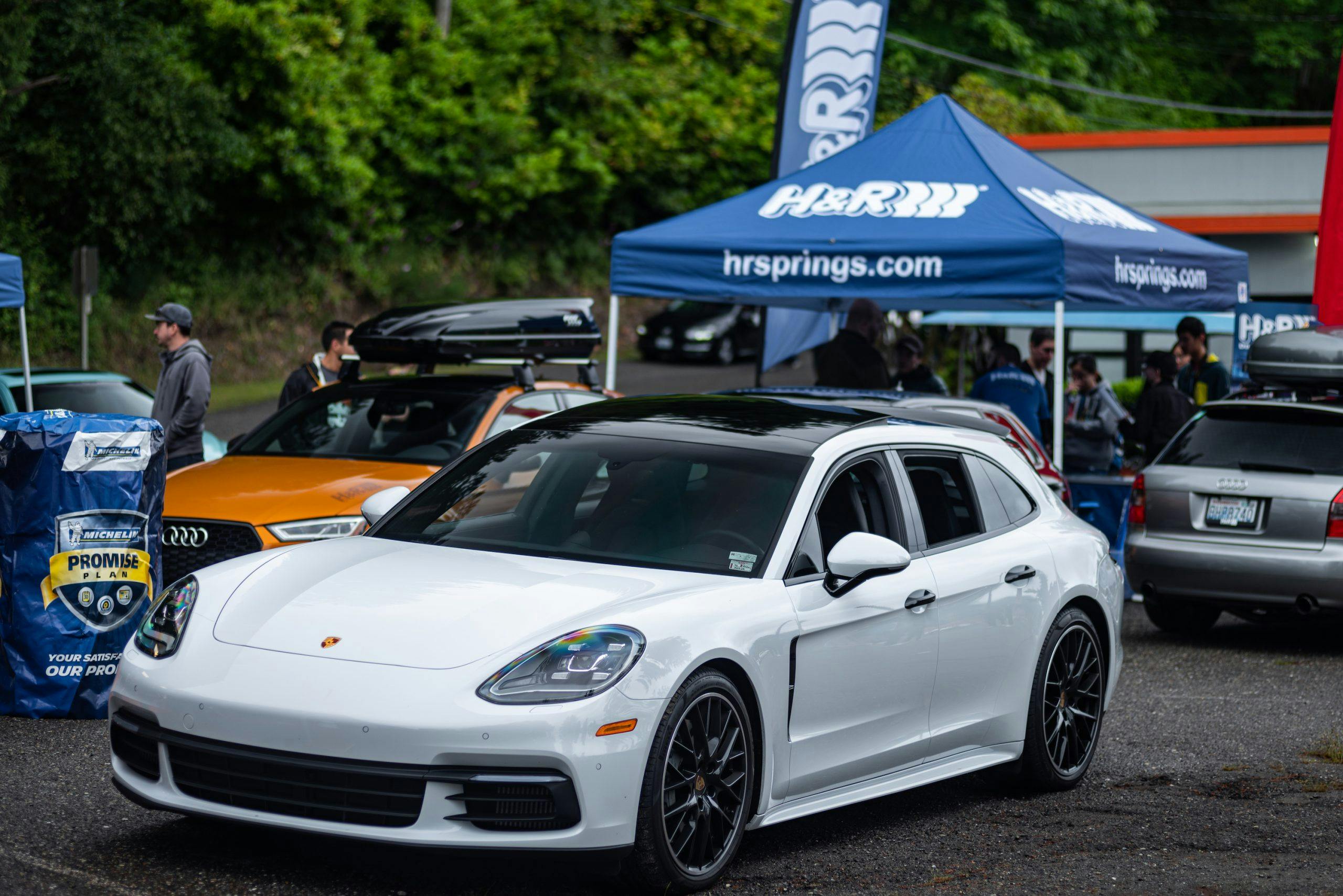
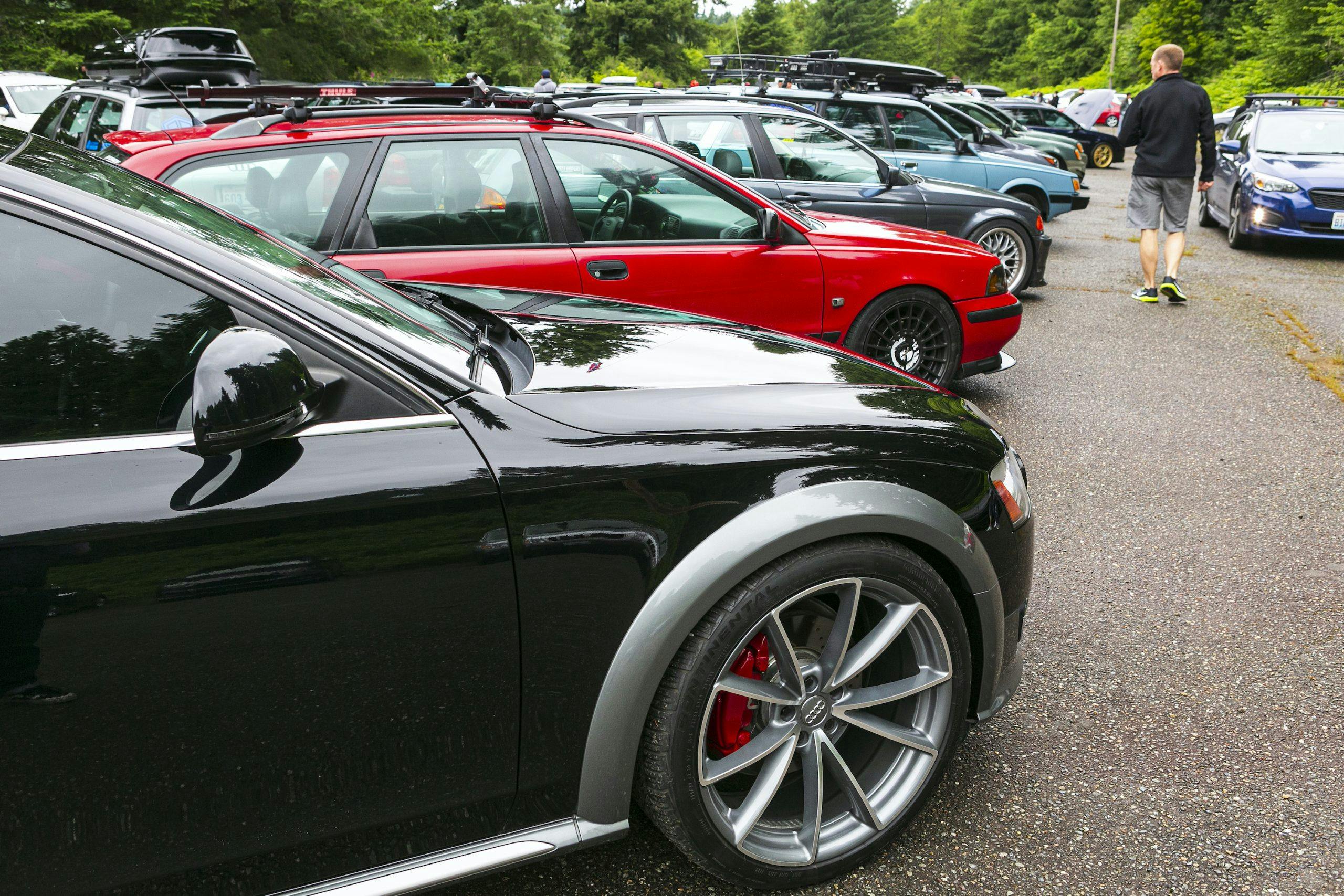
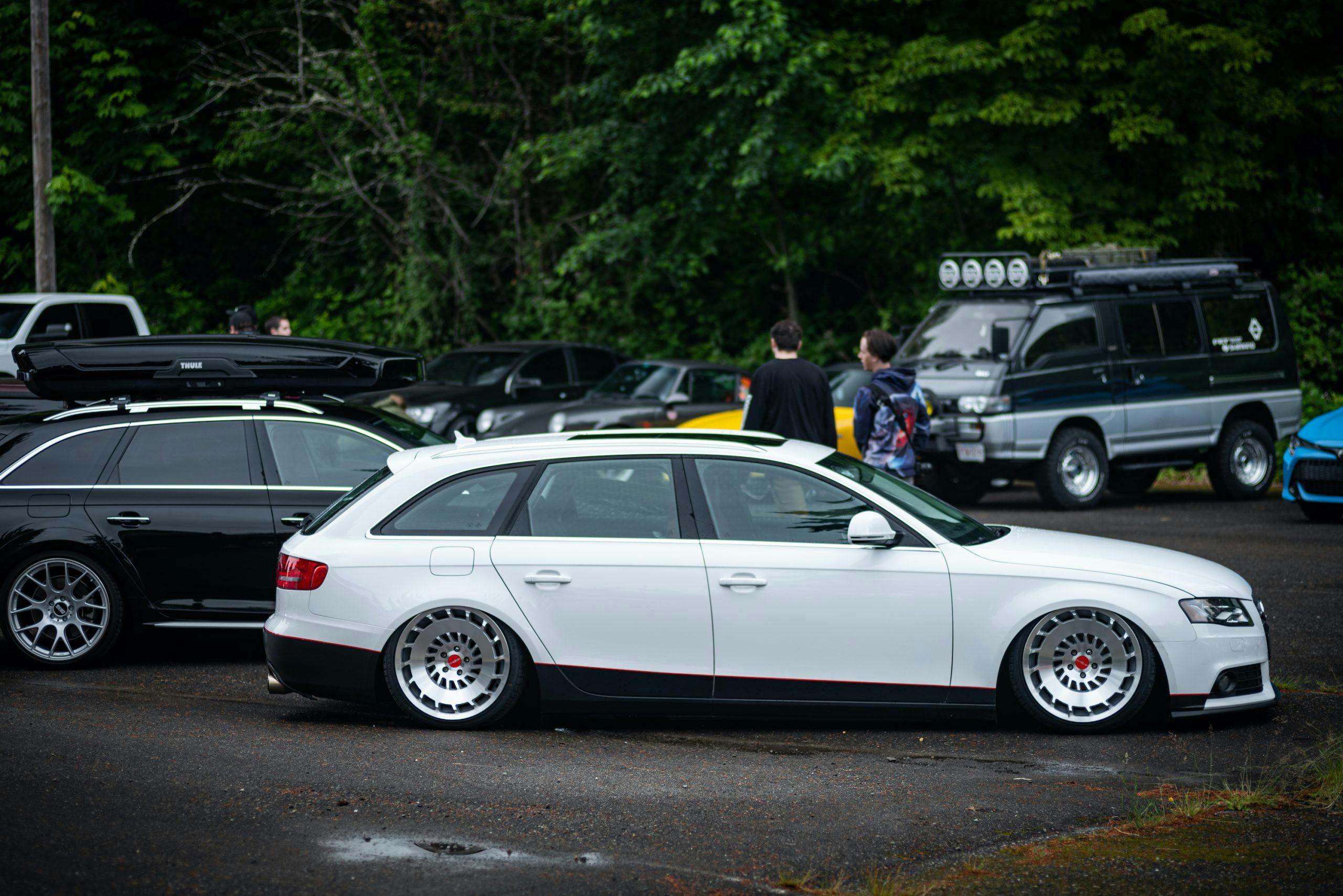


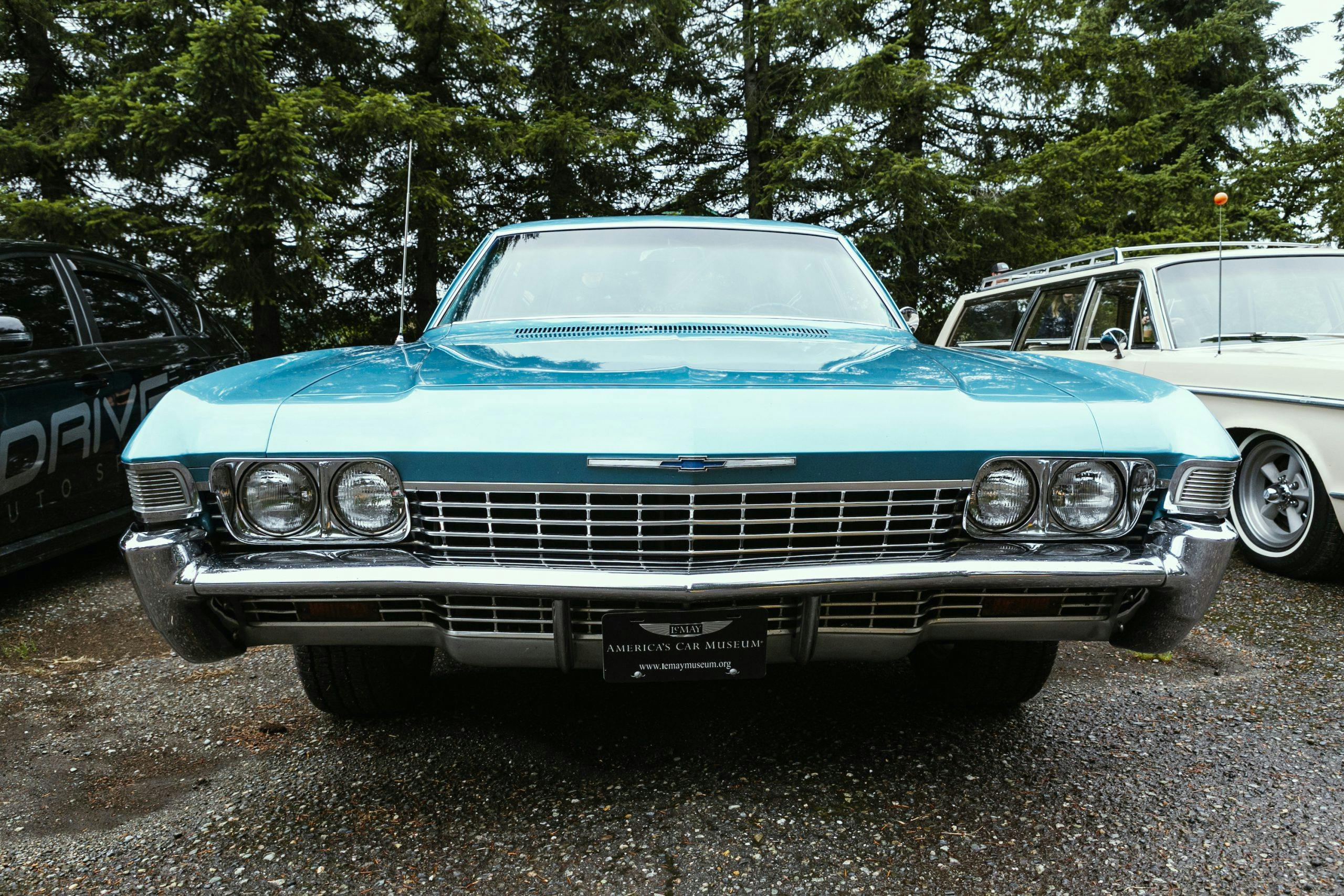
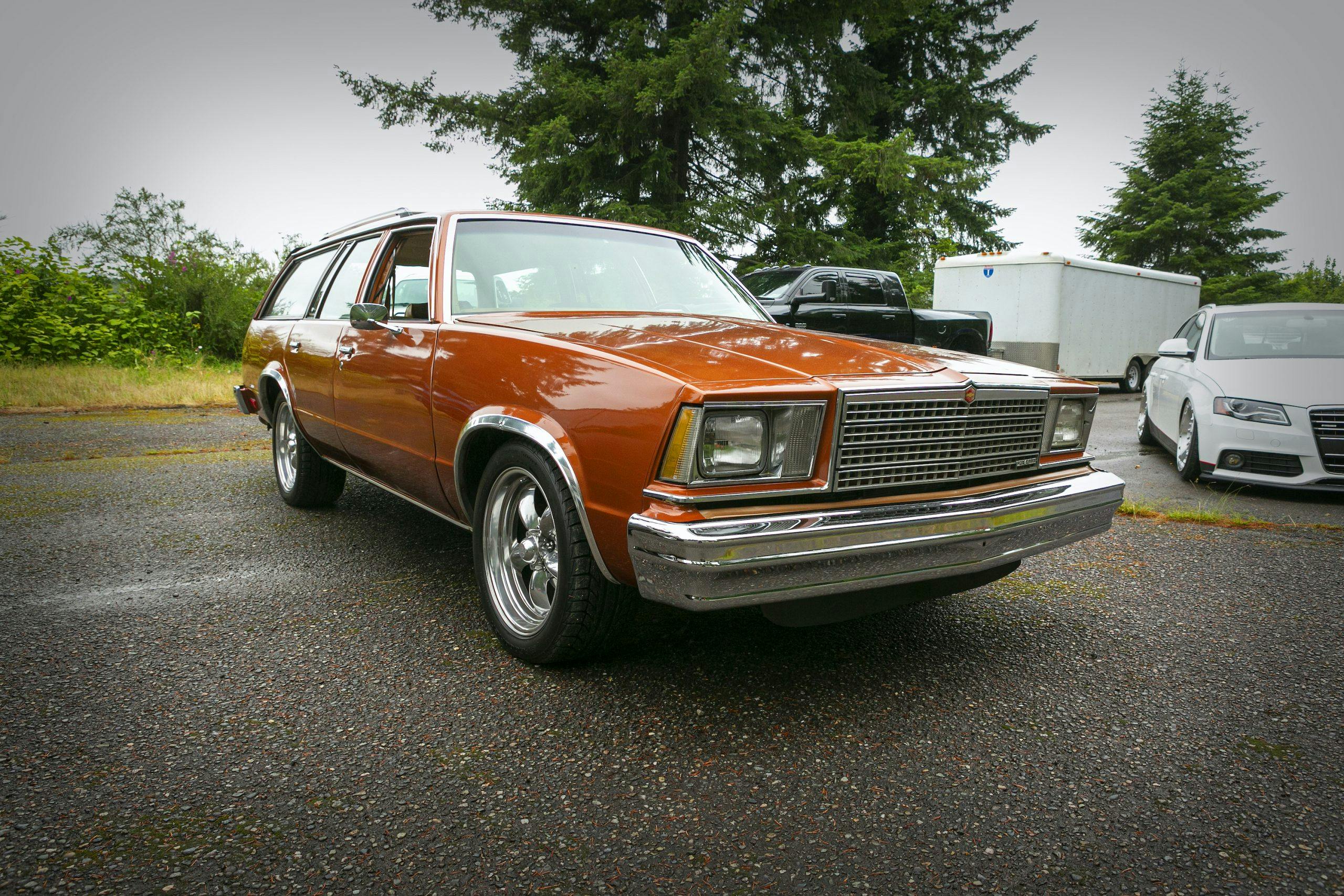
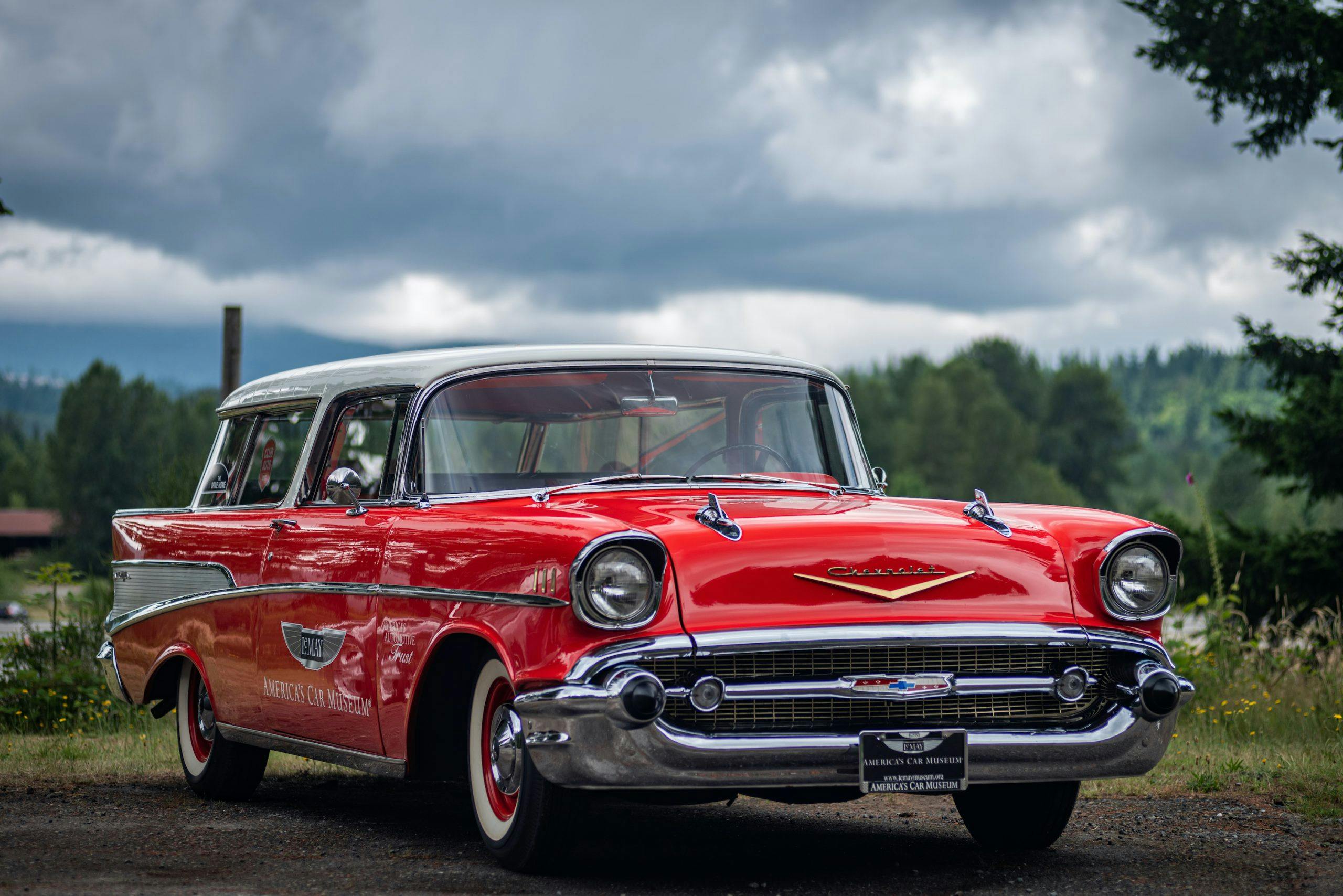

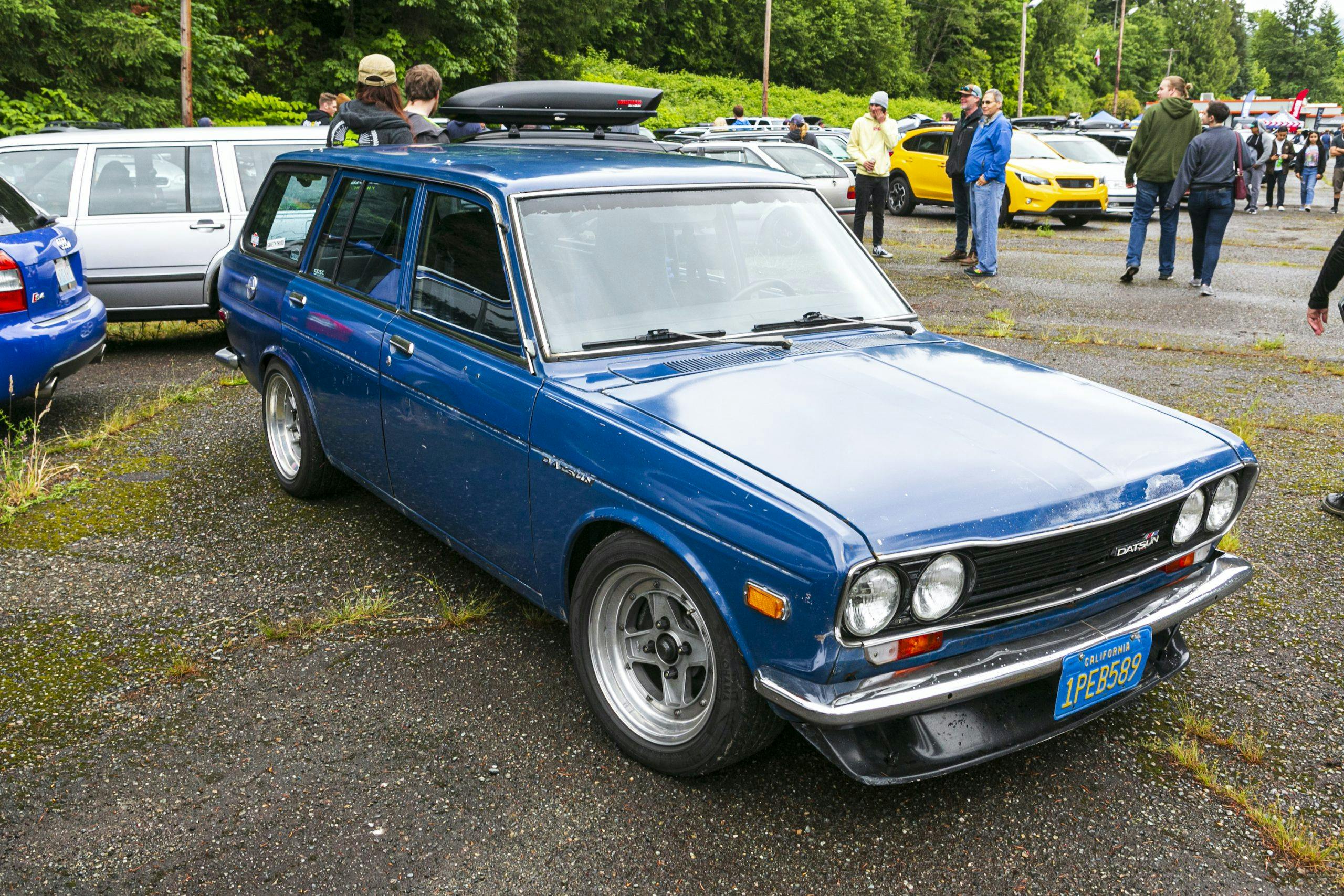
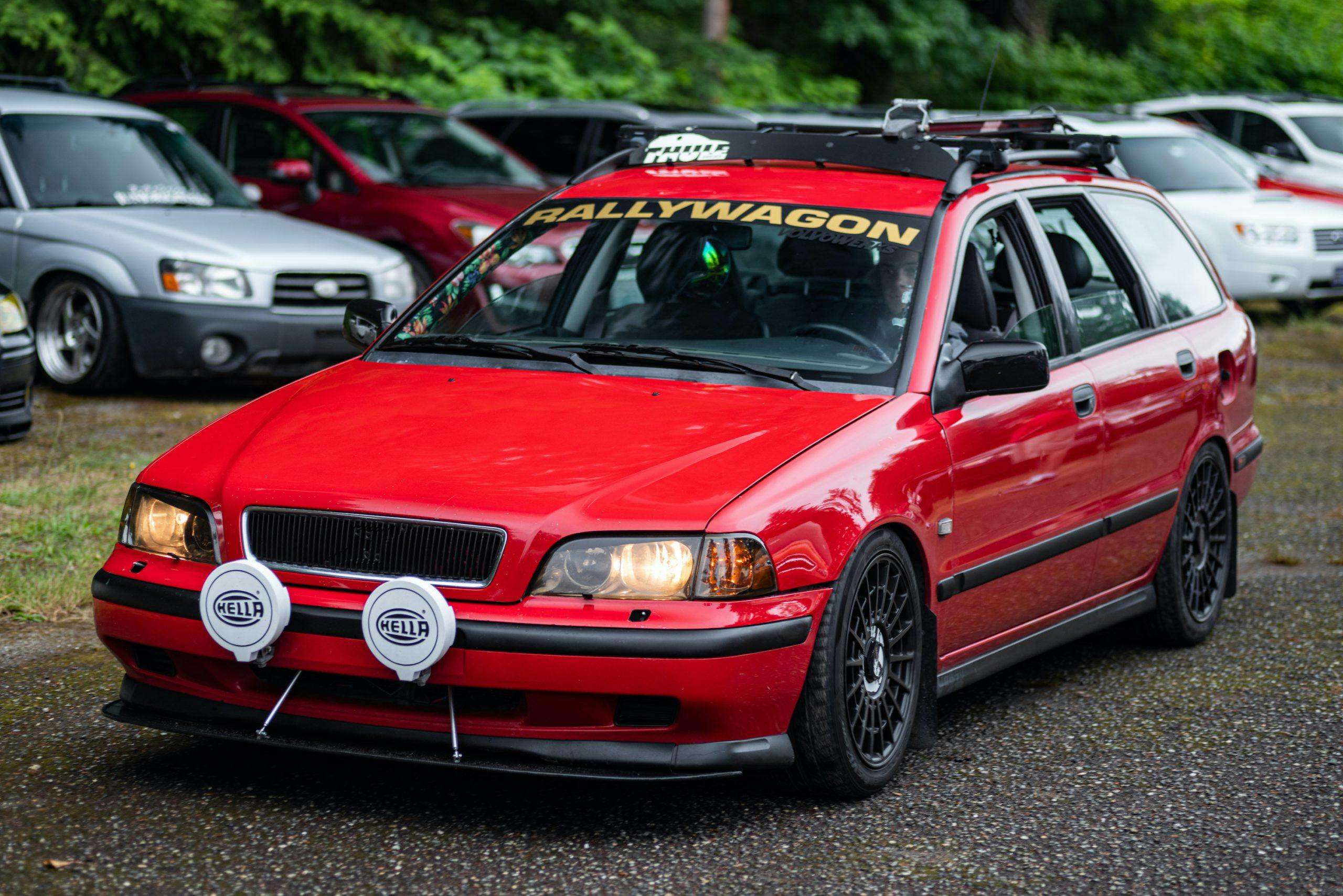







































Those old Volvo wagons sure are neat. I’ve always loved the 510 staywags as well. Yea, there sure are some super cool wagons. I have a friend with the W123 Mercedes…man what a well built automobile! I have been around vehicles of all kinds my entire life and I believe Mercedes Benz hit the nail on the head with the W123 TD300 wagon for longevity and efficiency.